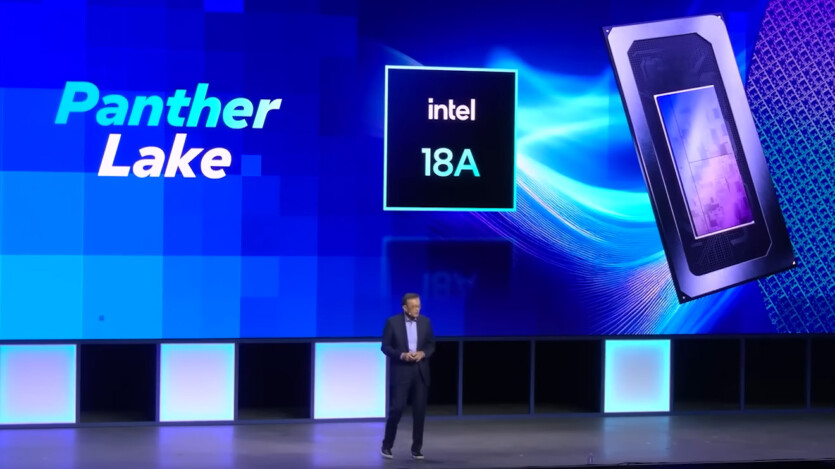
According to unofficial reports, Intel CEO Lip-Bu Tan is considering stopping the promotion of the 18A (1.8 nm) process among lithography customers.
Instead, Intel should refocus its efforts on the next-generation 14A (1.4 nm) process, as reports Reuters. This decision is extremely difficult for the company, as it will put it out of the business of making custom chips for several years. Intel spokesman replied to Tom’s Hardware, which would not comment on the rumors.
According to the new report, back in the spring, Lip-Bu Tan began telling employees that production process 18A loses attractiveness for external customers. Allegedly, he believes that it makes sense for the company to abandon 18A and even 18AP as production offerings.
Instead, the CEO suggested that more resources should be allocated to finalizing and promoting the 14A process, which will be ready for mass production in 2028. Given the timing of the 14A launch, now is the right time to start promoting it among potential Intel Foundry customers. Canceling the expected sales of 18A and 18A-P would require Intel to take a significant write-down of the potentially billions spent by the company on the development of this technology.
The process is the first to use second-generation gate-arranged circular (GAA) RibbonFET transistors and the PowerVia back-side power network (BSPDN). In addition, 18A is the first Intel technology to be compatible with third-party design tools. The 14A uses RibbonFET 2 transistors, PowerDirect BSPDN, which supplies power directly to the input and output of each transistor. Both RibbonFET and PowerVia were originally developed for the 20A process, but that technology was canceled last year to focus on 18A. It seems that a year later, history is repeating itself.
By limiting orders to 18A, Intel could potentially reduce its operating costs. Most of the tools needed to produce the 20A, 18A, and 14A are already installed at the D1D fab in Oregon, as well as at Fabs 52 and 62 in Arizona. However, as soon as these tools are officially put into operation, the company will have to record their depreciation as an expense. The lack of commissioning potentially allows Intel to cut costs. Also Intel can save money on engineers to support sampling and increase production.
According to the sources, Lip-Bu Tan has asked Intel experts to prepare proposals for discussion with the board of directors this fall. The options may include stopping efforts to attract new customers to 18A. Earlier, ITC.ua wrote about problems with the output of 18A working samples before the start of production of Panther Lake processors.

Spelling error report
The following text will be sent to our editors: